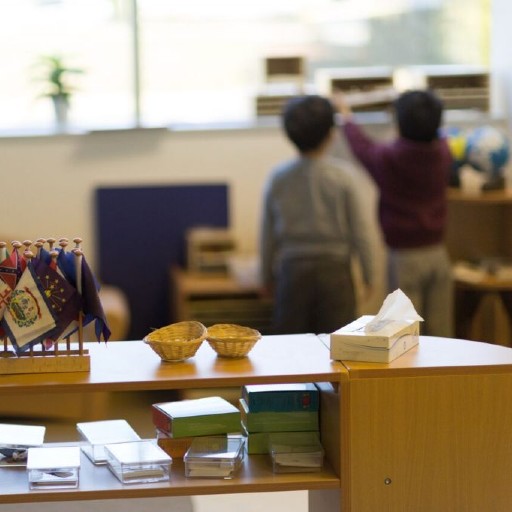Our Curriculum
Through our programs, your child will thrive by:
- Engaging in sensory-rich, hands-on activities
- Developing practical life skills that foster independence
- Building self-confidence in a supportive and nurturing environment
Montessori education is more than just academics. It’s about empowering children to be independent, creative thinkers, equipped with the skills they need for future success.

Montessori Curriculum
Our curriculum is designed to foster curiosity, independence, and a love for learning. The Montessori method provides children with the freedom to explore subjects at their own pace, while our educators guide them through key developmental stages.
Our curriculum focuses on:
Practical Life Skills:
Helping children develop independence and responsibility through daily tasks, fostering concentration and coordination.
Sensorial Exploration:
Engaging the senses through hands-on materials to deepen understanding of the world around them by making abstract concepts concrete.
Mathematics:
Children work with concrete representations of large quantities through golden and colored bead material, seeing concepts like exchanging and operations come to life
Language:
Through phonemic learning, children learn sounds and forms of letters first, then use those skills to build words, write stories, and read simple books.
Cultural Studies:
Encouraging curiosity about geography, science, history, and the arts through integrated, child-led projects and research.
At Little Oaks Montessori Academy, students are empowered to think critically and collaborate with their peers. They engage in work that fosters both knowledge and real-world application, promoting independence, responsibility, and a love of discovery.
Our Montessori curriculum is designed to help children grow holistically, supporting not only their academic development but their emotional and social growth as well.
